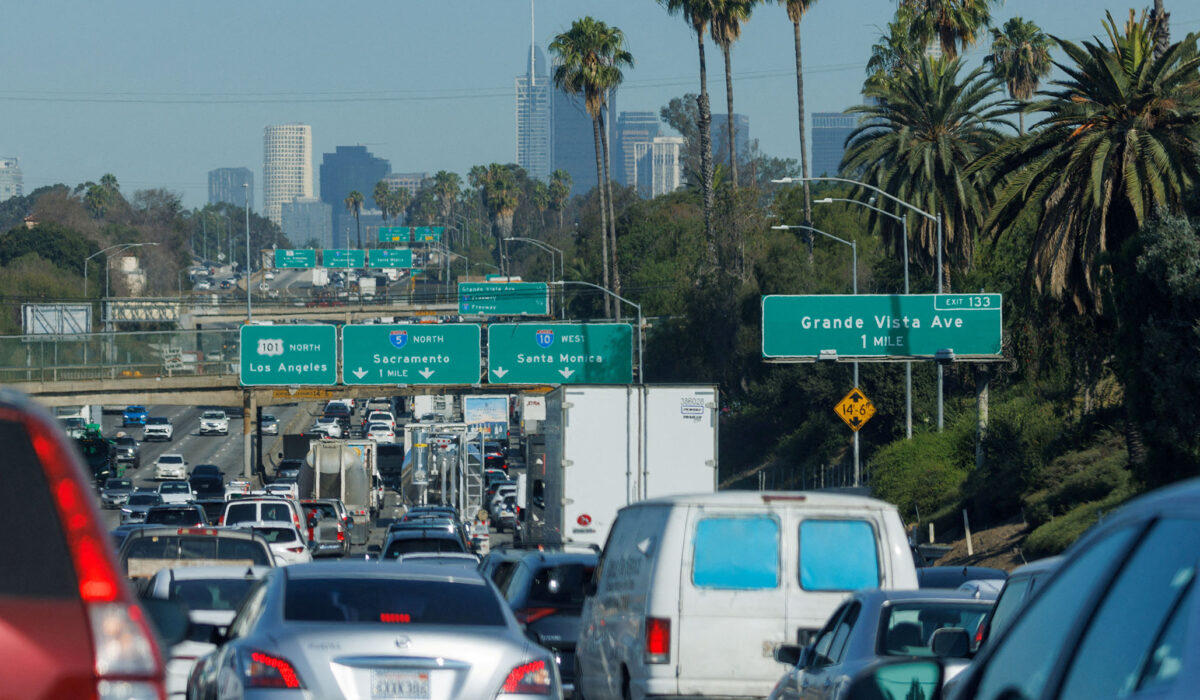California’s Policy Mix and the Rise of a Stagnant Underclass
California used to preach opportunity and reinvention, but policy choices now tell a different story. The state’s leaders promised a kinder, fairer system and then layered mandates, taxes, and incentives that reshaped incentives across households and businesses. That policy mix matters because it changes how people live, work, and climb the ladder.
The Golden State’s ‘social justice’ politics have created a low-income, low-mobility underclass. That sentence lands hard because it captures the unintended result of policies aimed at redistribution without fixing the root causes of dependency. It is the starting point for asking what went wrong and why mobility stalled.
High taxes and tangled regulations leave small firms and middle-class earners squeezed. When entrepreneurs face more red tape and higher costs, fewer start-ups survive and fewer jobs are created in fast-growing sectors. The winners are often large companies that can absorb complexity while the rest of the economy lags behind.
Housing policy is a chief pain point for working families who want stability and a shot at owning a home. Zoning rules, slow permitting, and local opposition to densification keep supply tight and prices high. That scarcity pins many households into long commutes or crowded rentals and crushes upward mobility.
Public services aimed at helping people too often become a brittle safety net that discourages work. When benefits phase out sharply as income rises, families face steep cliffs that punish effort and entrepreneurship. A system that rewards dependency can’t deliver widespread prosperity.
California’s schools are another place where promises run into practical limits. Pockets of excellence exist, but too many students leave without critical skills for the modern workforce. That disconnect feeds the very cycle policy-makers say they want to break.
Crime and public safety also play into the broader decline in mobility and opportunity. Visible disorder and property crime raise costs, deter investment, and lower quality of life for neighborhoods that should be engines of progress. Without predictable safety, families and businesses think twice about planting roots.
Homelessness has become a visible, persistent symptom of policy failure, not just a human tragedy. Cities struggle with treatment, housing, and enforcement in ways that shift burdens onto ordinary taxpayers. The result is concentrated need and frustration that crowds out constructive reform.
Economic migration away from the state is another consequence that changes the composition of communities left behind. When high earners and skilled workers depart, the tax base shrinks and services become harder to fund without raising rates. That spiral deepens fiscal strain and political tension.
Fixing this requires tough choices on incentives, rules, and culture, not slogans. Policy-makers should test which programs actually expand work and skill acquisition versus which create long-term dependence. Citizens deserve systems that reward effort and restore routes to middle-class stability.
There are pragmatic steps that can reverse the trend without abandoning compassion: simplify regulations that choke small businesses, clear the path for more housing where demand is high, and align benefits to encourage work and savings. Each change nudges incentives back toward mobility and away from permanent reliance.
At the end of the day, the point is clear: good intentions are not enough when policies lock people into disadvantage. Real reform means redesigning institutions so opportunity, not inertia, becomes the predictable outcome of a life in California. That shift will determine whether the state remains a place people can build a better future.

